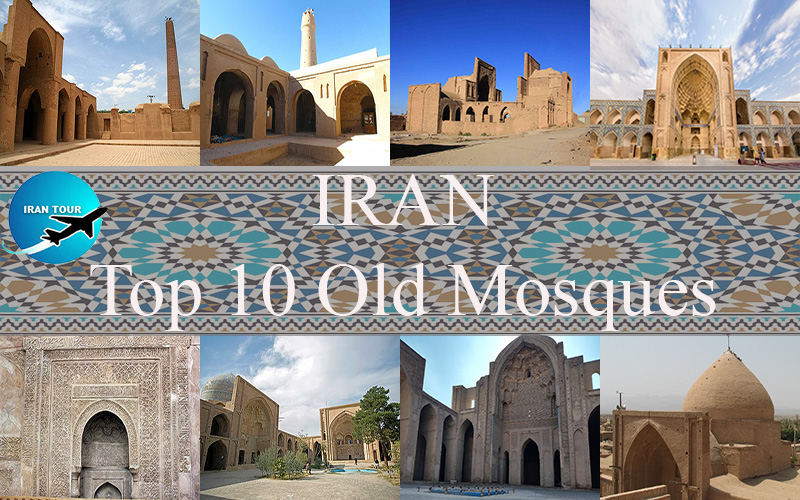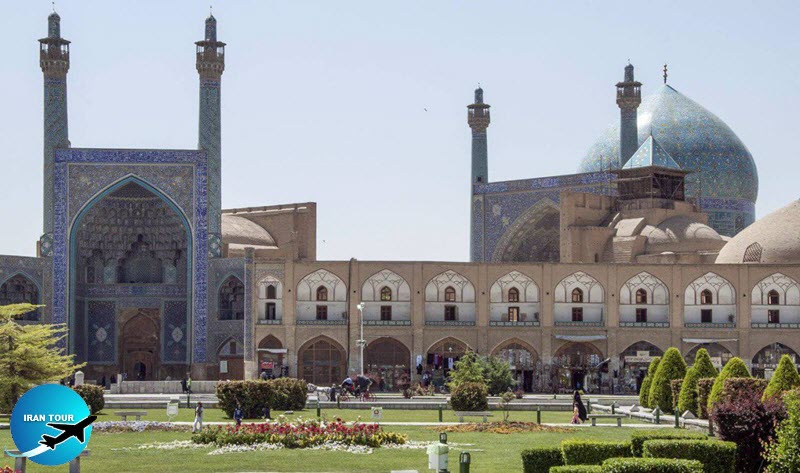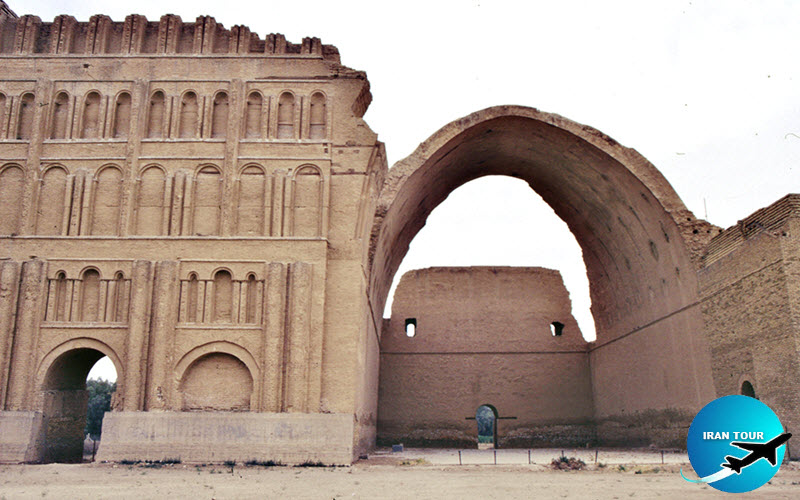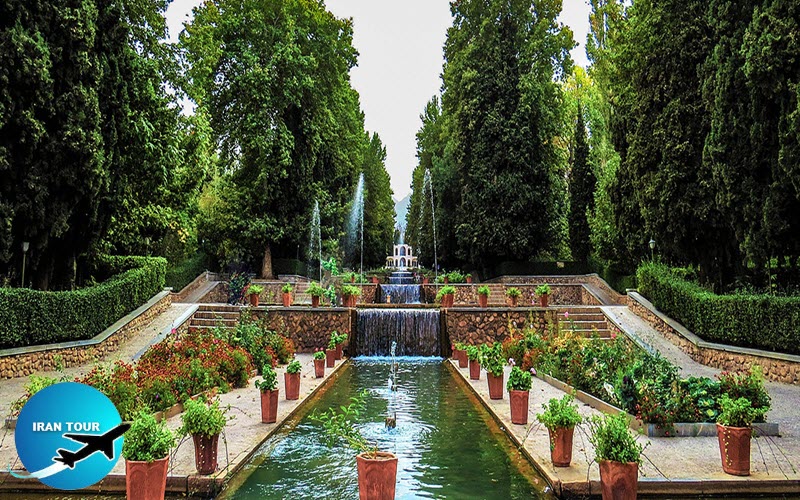Copyright 2020 - 2021 irantour.tours all right reserved
Designed by Behsazanhost
Top 10 oldest mosques in Iran
Iran boasts a rich complex of historical mosques by the name Iranian-Islamic Mosques, that stand as testaments to Iran historical and architectural heritage. These historical mosques serve as prominent landmarks and iconic symbols of the deep country-rooted Islamic culture. These historical and famous mosques steeped in centuries of Iran history. They show Iran traditional arts, Persian architecture, religious arts, and are a window into the past of country.
- Details
- Category: IRAN Blog
7 things you haven't heard about Iranian mosques
The most important mosques in Iran
There are now about 70,000 mosques in Iran. Among them are a few who, in addition to being the house of God and the place of worship of the people, have other characteristics that make them more particular. In this list, we have tried to name some important and famous mosques in Iran, whose special feature has made them more famous among others.
- Details
- Category: IRAN Blog
Iranian tablecloth: A colorful painting canvas with different fragrances
Iranian food culture is an interesting and attractive part of their cultural relations. In Iran, food and tablecloth are very respected. In Iranian food culture, it is believed that food is God's blessing. Thus, disrespect to food is equal to its creator. A tablecloth is a place where families meet each other 3 times a day with direct communication, thus it is very valuable in Persian food culture.
- Details
- Category: IRAN Blog
Sassanian Palaces
Before the rise of Islam much of the Middle East was ruled by the Sasanians (A.D. 224-651), a dynasty named after Sasan, an ancestor of its founder, Ardashir I. From their homeland in southwestern Iran these kings relentlessly extended their sphere of influence until by the early seventh century they controlled an empire that stretched from Armenia to India and from Central Asia to Egypt and the littoral of the Arabian peninsula.
- Details
- Category: IRAN Blog
Water as the Origin of Beauty in Persian Garden
Dating back to several thousand years ago, the Iranian garden is the outcome of the culture and thoughts of Iranians and has definite links with the ritual and religious beliefs of the country both before and after the emergence of Islam. Iranian garden is composed of almost static artificial and natural elements including fruitful and decorative plants, a palace, stream, pool, fountain, terraces, and encircling wall and street.
- Details
- Category: IRAN Blog




